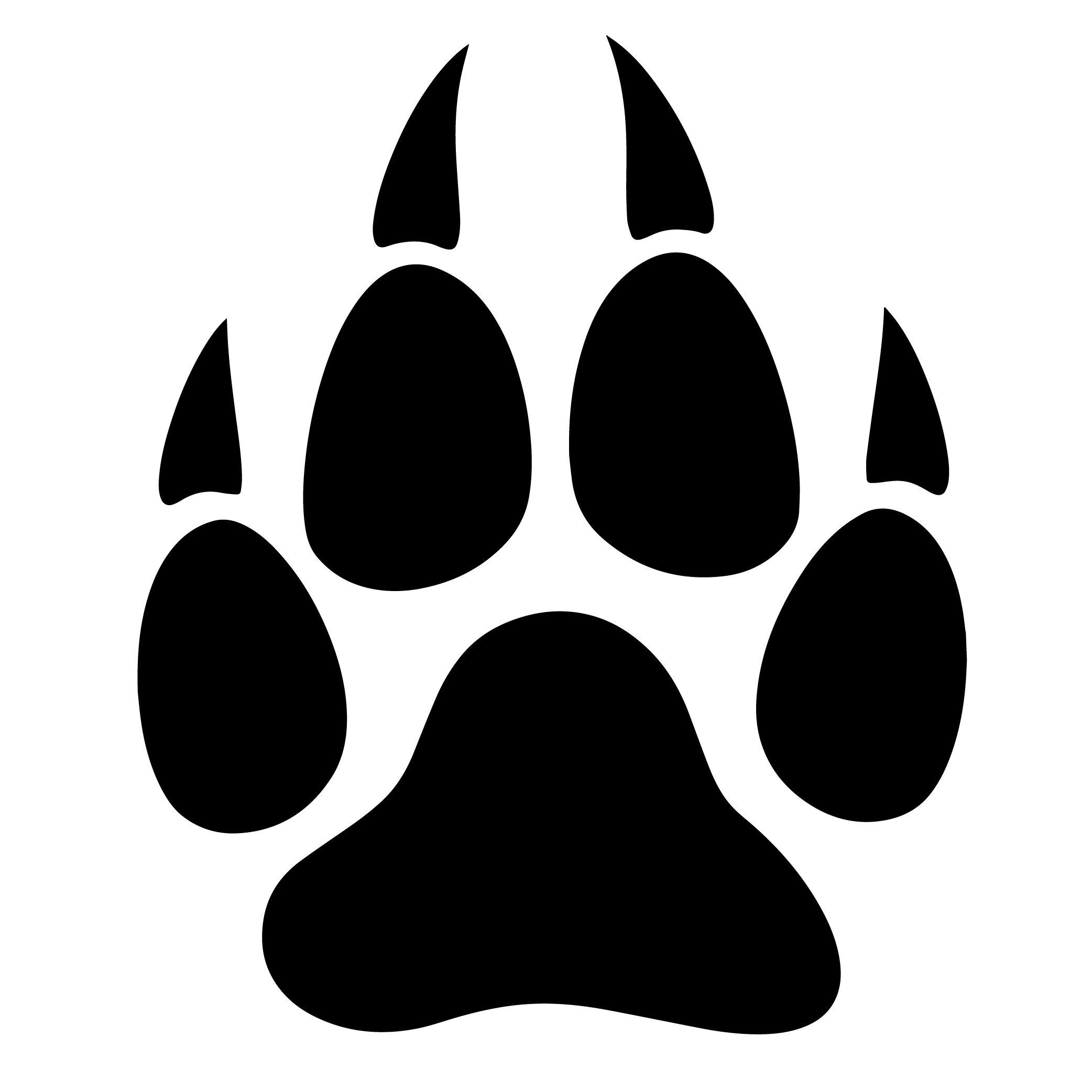A coyote resembles a small German Shepard dog, but carries its tail below the
level of its back rather than curved upward. Its upper body is typically light gray
but can vary from almost pure black to almost pure white. It has course outer hairs
that are usually black tipped. His stomach hairs vary from whitish to cream colored.
The coyote’s muzzle is long and narrow; its ears are erect and pointed. The average
Length of an adult in the Midwest is 44 to 54 inches, including a 15-17 inch tail.
Weights measured during the fall and winter vary from 22 to 45 pounds.
Distribution & Abundance
Coyotes are common throughout Illinois and most all of the other States in the United States.
in Illinois they are most abundant in the southern, southeastern and west-central parts
of the state. They’re least abundant in the northern two to three tiers of counties. During
the late 1970’s and the 1980’s coyote numbers increased dramatically.
Habitat
Coyotes occupy all types of habitat, including urban and suburban areas. They are most abundant in areas with a mixture of farmland, woodland and grasslands.
Habits
The average home range encompasses 2-10 square miles, home range is dramatically less
in urban environments. Alpha pairs and their litters have smaller home ranges than “loner or
transient” coyotes. Home range size is determined by several factors, quality of habitat, presents of other nearby coyote packs and seasons of the year especially during breeding
season.
Coyotes communicate with a variety of barks, yips and howls. They mark their territory
with urine, feces and gland secretions, much like a domestic dog. Body language plays
a very important communicative role in the family social structure and in meetings with
other coyotes. Facial expressions and body gestures can signal a coyote’s aggressive,
submissive or neutral intentions. Coyotes tend to be most active just before dusk until
just before sunrise, but they can be active throughout the day if they have had a poor night
of hunting. A coyote requires about two and a half pounds of food per day and they will
eat about anything from grass and bugs to meat and vegetables.
Reproduction
A few females breed their first year but most mature their second year. Breeding peaks
In late February. The gestation period is 58 to 63 days. Pups are born late April or May
and litter sizes ranging from 2 to 19 pups have been documented, but 4 to 9 is the
norm. The pups eyes open between 8 and 14 days of age. They will venture out of
the den at about 21 days but will not remain outside long until about 5 or 6 weeks
of age.
Conservation
Coyotes are a valuable member of the wildlife community, however they will kill livestock,
poultry, and domestic pets, especially when there are large numbers of coyotes or they
live in close association with people. When coyotes become “habituated” to people,
problems arise where domestic pets and people are attacked. Removing individual
animals with “bad behaviors” solves the problem even when other coyotes continue
to live in the area.

